Yoga Therapy - A Case for Collaboration
Originally published in the International Journal of Yoga Therapy no. 19, 2009
Treating a Person Not a Condition
I often find doctors and other medical professionals a bit perplexed when they hear of the wide spectrum of conditions with which my yoga therapy clients contend. Along with chronic back, neck and hip issues, there are those who also battle auto-immune disorders such as Fibromyalgia, Chronic Fatigue, Lupus, M.S., RA or cancer. Mild to moderate levels of anxiety and depression are often layered upon that. One flabbergasted doctor asked me outright to explain how it is I feel qualified to “treat” these challenging health issues, which gave me an opportunity to assure him that yoga therapy does not qualify me to treat any medical problem, rather it is a means of treating the person who is living with a particular condition.
The definition of Yoga Therapy according to the International Association of Yoga Therapy, the official governing board for our profession is as follows: Yoga therapy is the process of empowering individuals to progress toward improved health and well being through the application of the teachings and practices of yoga.
While there are differences in teaching styles and traditions, yoga is fundamentally about reducing suffering whether it exists on the physical, mental or psycho-spiritual levels. The primary tools we use as yoga therapists are: breath, awareness, relaxation, simple movement, education and meditation. These techniques are adapted individually for clients depending on the conditioning of their mind and body, their orientation toward the world and themselves, and the degree to which they come in feeling ready to take responsibility for their healing or feel victimized by their condition.
Why Yoga Therapy?
The insidiousness of chronic pain and chronic illness has been well-documented with noted detrimental effects on mental outlook and emotional tone leading to sleep disorders, digestive problems, depression, etc.. All of these stress related symptoms impact the nervous system in a mutually health-depleting, feedback loop. Yoga practices have been proven to interrupt that cycle by increasing the vagal response, conditioning the parasympathetic nervous system and quieting sympathetic overload by targeting the anterior cingulate cortex. Recent studies have also shown daily practice to increase GABA, reducing anxiety and supporting better sleep. Through conscious, mindful breathing, gentle movement and relaxation techniques, yoga students cultivate greater proprioceptive and introceptive awareness, directly impacting pain levels by lowering nociception. »View the following articles for more information: Yoga and Post-Traumatic Stress Disorder, an interview with Bessel van der Kolk, MD; Trauma-Sensitive Yoga: Principles, Practice, and Research, by David Emerson, E-RYT, Ritu Sharma, PhD, Serena Chaudhry, Jenn Turner.
Because yoga works with the integration of mind, breath and body, clients express an ability to connect with themselves in a way that feels gentle and healing. While often targeting the same muscle groups as in PT or OT, in yoga therapy we use language and instruction that is fundamentally process vs. outcome oriented. This more exploratory approach been shown to be particularly effective when working with people who are more emotionally sensitive, have less proprioceptive awareness, have suffered trauma or have been locked in the pain cycle for many years.
Not all Yoga is Educationally Equal
These days in any city or town, the number of yoga studios are on par with the number of hamburger joints. Unfortunately, many yoga teacher training programs churn out teachers much as McDonalds churns out ‘chefs’. The national registry board, The Yoga Alliance, offers two primary levels of training, 200 hour for an entry level teacher and 500 hour for a professional yoga instructor. Given the thousands of national RYS-200 training programs there is very little oversight implemented by YA to ensure the quality of these trainings or compliance with competencies for graduates. This means that it is wise for you to have a preferred yoga instructor list before referring your patients to augment their treatment protocol with yoga.
The IAYT has been working tirelessly to institute national standards to differentiate the level of education required for a yoga therapist vs. an average instructor. The agreed upon hours is currently set at a minimum of 1000 hrs total, with extensive requirements in the areas of anatomy, physiology, psychology and ethics surrounding the development of a therapeutic relationship. Oversight is being governed tightly and our goal is to become recognized colleagues in the field of CAM professionals, alongside acupuncture, massage therapy and chiropractic.
Yoga Therapy and Research
In the past ten years numerous studies have verified the efficacy of yoga for addressing anxiety, depression, lower back pain, COPD, M.S., fibromyalgia and arthritis. The American Academy of Family Physicians actually lists yoga as an effective treatment for generalized anxiety and acknowledges that yoga practice has a dosing effect much like anti-anxiety medication. IAYT has a peer reviewed journal (IJYT) which chronicles all the latest research on yoga world-wide, and hosts an annual research conference, SYR, Symposium of Yoga Research, the next to be held in Boston, 2013. We welcome medical professionals who are interested in growing the field of mind/body medicine to join us there!
I personally have been involved in multiple research studies collaborating with Group Health Research Institute, including NIH-funded research investigating yoga therapy for lower back pain and reducing hot flashes for menopausal women. I am currently involved in a study on arthritis and insomnia for Seniors, through the University of Washington’s School of Nursing. These kinds of research studies are impacting health care in a multitude of positive ways. For instance, one of my formative teachers has worked closely with Aetna Insurance to establish a yoga based stress-reduction program that offers discounted insurance premiums to clients who have taken the 12 week course.
EYT and Referrals
As a practicing yoga therapist, I collaborate with a broad range of health professionals from the allopathic and holistic traditions. I recognize that for some clients my role is more as a primary support person, and for others I am one of a team of many that are offering care. I respect the counsel of the medical professionals I work closely with and strive to augment treatment and medication protocols that are prescribed with the simple tools of breath, mindfulness and movement. My goal is to help clients become more aware of the self-defeating patterns they engage in daily that keep them stuck in the pain cycle, so they can in turn become empowered agents of transformation in their own healing process.













Mondays 11:30 am - 1 pm